Discover the best Product Information Management Systems of 2024 designed to optimize and streamline your data management across all sales channels.
Navigating through the complex world of Product Information Management (PIM) systems can be daunting. With an array of options available, finding the right one that fits your business needs is crucial. Whether you are a small business or a large enterprise, the benefits of a robust PIM system are undeniable, improving efficiency, consistency, and customer experience.
What Is Product Information Management?
Product Information Management, or PIM, is essentially the process of managing all the information necessary to market and sell products through distribution channels. A PIM system centralizes product data, integrating information across various platforms, ensuring consistency and accessibility. This system supports businesses by managing product-related data, enhancing customer experiences across multiple sales and marketing channels.
What Is a Product Information Management (PIM) System?
A PIM system serves as a central hub for all product information, allowing companies to manage, store, and enrich this data, facilitating efficient distribution across diverse marketing and sales channels. By consolidating data into a single source, PIM systems help avoid information silos and ensure that product details are accurate and consistent across all platforms.
Why Do You Need Product Information Management Systems?
Implementing a PIM system can significantly impact various aspects of a business. It enhances the accuracy of product data, reduces the time-to-market for new products, and improves overall operational efficiency. Additionally, PIM systems support SEO strategies for product catalogs, ensuring that your products are visible and rank well in search engines. They also cater to the customization needs of different sales channels, making them indispensable for businesses aiming for a strong online presence and customer satisfaction.
The Top Product Information Management Systems
Pimcore

Do you need an end-to-end platform to manage your product pipeline? Software for managing product details, digital assets, digital experiences, master data, digital commerce, and customer information is offered by the Pimcore platform.
To run your online business and handle product information, see it as a digital command center.
By doing away with data silos, managing product data, guaranteeing consistency across channels, and providing seamless and customized consumer experiences, organizations can reap the benefits of this centralized strategy.
Agility PIM
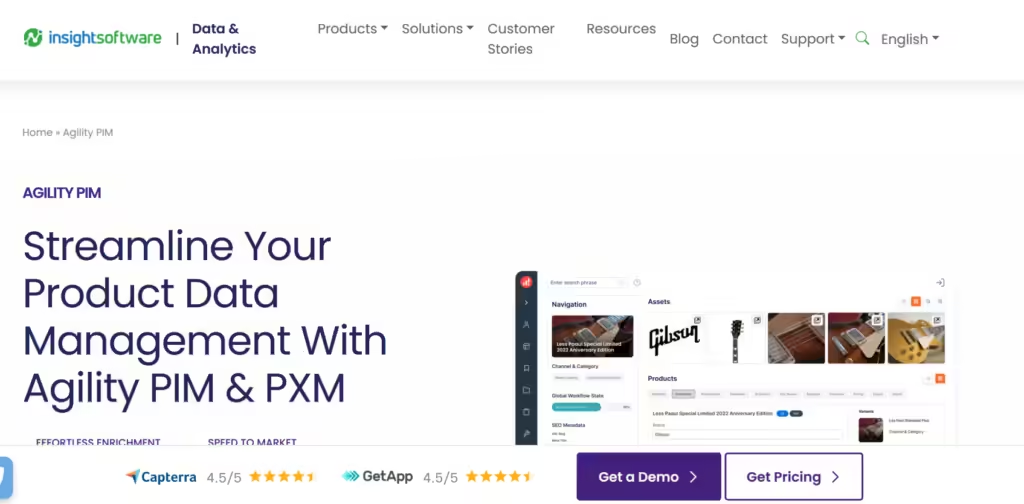
Agility Modular Interface, a component of Agility’s PIM solution, lets users customize user permissions according to certain roles and improve their products in an easy-to-understand manner. You have complete control over the material presentation across all channels, including search engine optimization and visual display, thanks to its dynamic workflow feature, which enhances collaboration.
Pimberly

Manufacturers, brands, distributors, and retailers can manage and optimize product data across many channels with the use of Pimberly’s PIM software.
This PIM platform’s integrated AI feature improves the ability to process product data, learns from data patterns, automates intricate procedures based on insights, and offers strategic advice on product structure and how businesses can satisfy the changing needs of their target audiences.
Precisely EnterWorks

EnterWorks is an enterprise PIM solution that provides a single view platform for acquiring, managing and syndicating all product data across different channels. In addition, the platform features an automated workflow that promotes collaboration between different personnel and systems. Furthermore, this PIM solution allows users to orchestrate complex B2B2C relationships throughout your content value chain.
Semarchy
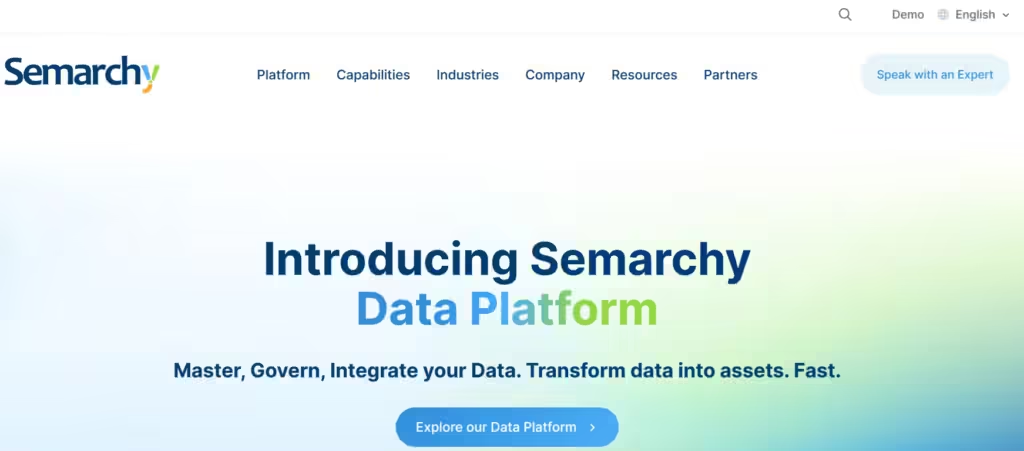
Searching for a PIM system that places a strong emphasis on data management and insights derived from data? It’s Semarchy is a good fit! It performs the role of a Unified Data Management Platform (UDMP), providing a strong toolkit to assist companies in managing, regulating, and integrating diverse data kinds.
Although their data integration tool (xDI) and master data management solution (xDM) can be swiftly deployed separately, using them in tandem will maximize benefits.
IBM’s InfoSphere Master Data Management

PIM and collaborative data management are made possible by the InfoSphere MDM platform. You may create a central repository for all of your products with the platform’s easy-to-use interface. Additionally, it can enforce business processes to achieve accuracy and synchronization, and it gathers product data from upstream systems. It also includes a collaborative workflow and is capable of integrating with other MDM programs.
Looking to streamline your construction projects? Check out our comprehensive list of the best construction management software solutions tailored for small contractors.
Salsify

Salsify bills itself as a platform for Product Experience Management (PXM), to enable firms to succeed in the online market.
To guarantee consistency and quality in product information, it enables businesses—particularly brands and retailers—to organize, enrich, and distribute product data across a variety of sales channels. This covers everything, from technical details and product descriptions to superior photos and promotional materials.
Salsify automates channel-wide content delivery, product updates, and data cleansing.
Informatica MDM
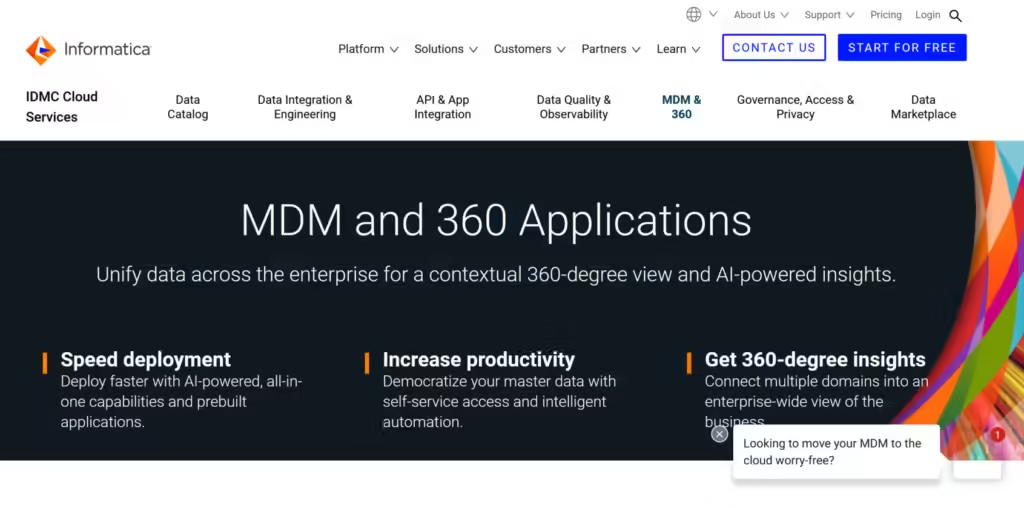
The PIM solution from Informatica has an easy-to-use interface that can be set to assign user rights based on tasks or roles. It has integrated digital asset management that can manage big media assets (in any format) as well as products. The PIM platform can connect with popular platforms like Salesforce, Google Manufacturer, and Hybris and offers customizable channel previews.
Plytix

Plytix bills itself as a PIM program of the future. It attempts to simplify the challenges associated with product data management for companies engaged in multi-channel sales.
In order to process logs, plan updates, and work together on product operations—from creating product information to dispersing it among e-commerce platforms—Plytix also controls digital assets and channels. Custom properties can be defined, data fields can be tailored to your specific product demands, and the platform can be made to fit your individual workflows.
Inriver Product Marketing Cloud

Four main apps make up inriver’s scalable and adaptable PIM Software-as-a-Service (SaaS) platform: Supply, Enrich, Plan & Release, and Publish. Product lifecycle management (PLM) and other current external systems can provide product data to the platform. With this data, you can utilize it to create compelling product descriptions that can be sent to a variety of sales channels, including as e-catalogs, print catalogs, and e-commerce.
Akeneo

For companies and merchants wishing to organize and maximize their product data for omnichannel sales, Akeneo provides a PIM platform.
With the acquisition of Unifai, an AI-powered product classification platform, it recently announced itself as the “World’s First Intelligent Product Cloud.”
Through this acquisition, Akeneo hopes to evolve from a lone PIM platform into a more complete offering with built-in artificial intelligence.
Syndigo Product Information Management
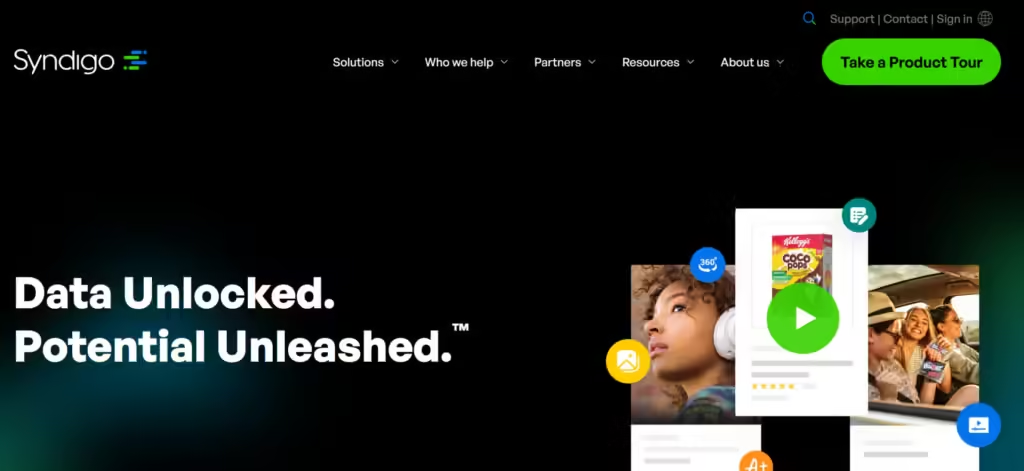
Digital asset management features and product information are provided by this PIM solution. With reliable product data, it can extend and manage new sales channels, boost conversions through intelligent automation and analytics, implement change control, and enhance data governance.
PIMworks

PIMworks sets itself apart by placing a strong emphasis on catering to the unique requirements and financial limitations of small and medium-sized enterprises.
SMBs will adore PIMworks if they’re searching for an affordable and user-friendly PIM solution. Its features and price range are made to be relevant and affordable for companies with simpler data requirements and smaller product catalogs.
Features like automatic tagging, the ability to extract data from images, and language translation are all included in PIMworks.
Discover which Flutter QR code scanning library best meets your needs by checking out our detailed comparison guide! Read more here!
SAP Commerce Cloud

For B2B, B2C, and B2B2C businesses, SAP Commerce Cloud is a cloud-native enterprise resource management solution. It is among the PIM options that can use real-time data to create tailored and pertinent experiences for customers. With features meant to handle extensive and intricate catalogs, it guarantees the validity of product data.
ClickUp
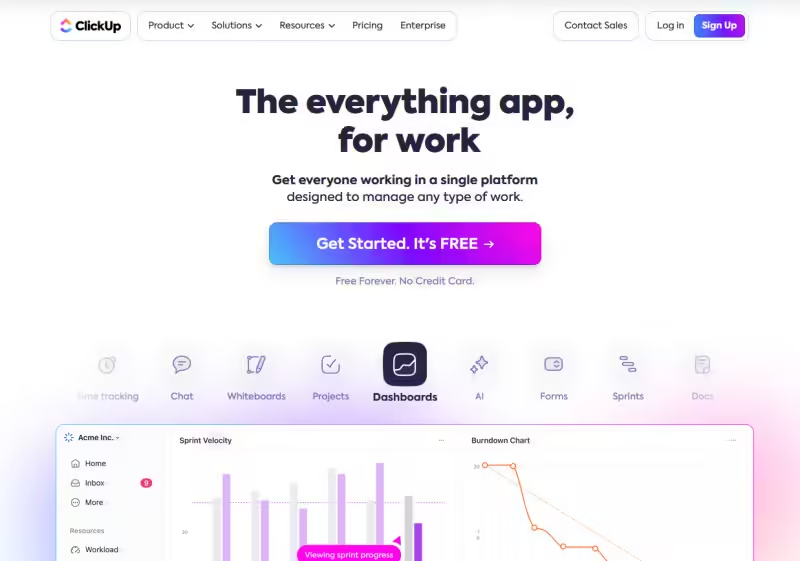
Set clear timelines, measurable targets, and automatic progress tracking to ensure successful product launches with ClickUp Goals. ClickUp Goals allow you to define long-term product goals and break them down into smaller, actionable steps. This provides a clear visual roadmap for product development and helps track progress. Prioritize features and tasks within the roadmap. You can establish dependencies between tasks, ensuring a logical flow in the development process and improving product lifecycle management.
Stibo Systems Product Master Data Management

Users of this PIM system can gather, organize, and distribute product data around the company. The platform lets you share that content with your audience in real-time and establishes a single source of truth for your product data management. Additionally, data governance mechanisms are included to preserve the integrity and effectiveness of operations.
Advantages of Implementing a PIM System
Implementing a PIM system can transform the way a business manages its product information, leading to several benefits:
- Data Accuracy and Consistency: Ensures that all product information is accurate and consistent across every channel, reducing errors and improving reliability.
- Efficient Data Management: Streamlines the collection, organization, and enrichment of product data, reducing manual work and increasing productivity.
- Omnichannel Consistency: Provides seamless product information across all sales platforms, enhancing the customer experience.
- Improved Customer Experience: Accurate and detailed product information helps customers make informed decisions, boosting satisfaction and loyalty.
- Agility and Scalability: Allows businesses to quickly adapt to market changes and expand product offerings without compromising data quality.
- Integration Capabilities: Integrates smoothly with other business systems like ERP and CRM, facilitating better data synchronization and operational efficiency.
Criteria to Evaluate When Selecting a PIM
When choosing a PIM system, consider these key factors to ensure it meets your business needs:
- Data Quality Control: Look for features that ensure high data accuracy, such as validation rules and data cleansing capabilities.
- Integration with Other Systems: Assess how well the PIM can integrate with your existing software landscape, including ERP systems, e-commerce platforms, and CRM systems.
- Customization Options: Depending on your business’s specific needs, you might require a PIM that offers extensive customization to tailor its functionalities to your processes.
- User Experience: A user-friendly interface can significantly affect the adoption rate and effectiveness of the PIM system within your organization.
- Scalability: Ensure that the PIM system can scale with your business as it grows, handling increased data volume and complexity without performance issues.
- Support and Community: Consider the level of customer support provided and whether there’s an active community for sharing best practices and advice.
Selecting the right PIM system is crucial for managing complex product data and achieving efficient, error-free product information dissemination across multiple channels.
Choosing the right PIM system depends largely on your specific business needs, such as the volume of data you manage, the complexity of your product information, and the number of channels you operate across. Whether you need a system that excels in digital asset management, one that integrates smoothly with your existing ERP systems, or a solution that offers powerful data cleansing and enrichment capabilities, there’s a PIM system out there that can meet your requirements.





